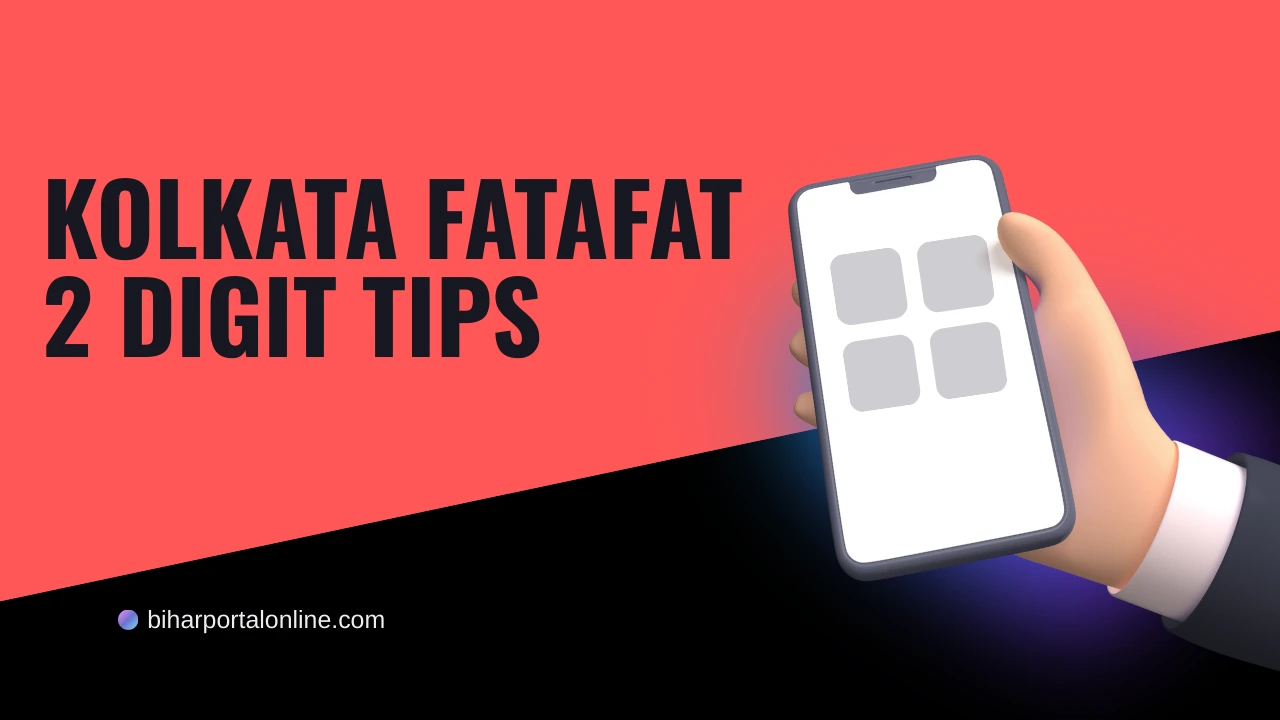India’s development at the local level depends greatly on the structure of rural governance. Gram Panchayat stands out as the main part of the decentralization process. With more than 250,000 Panchayats in the country’s rural areas, it is now very important for researchers, policymakers, citizens and government groups to know the Gram Panchayat List Block Wise. They provide a clear look at both where Panchayats are found, the blocks they belong to and what resources stand with them. Besides being a directory, these lists can help better connect government officials with rural communities.
We will examine the Gram Panchayat list organized by blocks, highlight the ways to get it online, look at its important features and show how it supports development in rural areas. The transparent way the panchayat list works and the data it offers open doors to more effective governance at a local level.
Understanding the Gram Panchayat System in India
We should start by learning about what a Gram Panchayat is before we cover Gram Panchayat List Block Wise. Gram Panchayats are the smallest units of democracy at the local level in India’s villages. For a village or a group of villages, the panchayat is in charge of initiating development plans, keeping up local infrastructure, ensuring cleanliness, looking after public health and managing regular community issues.
There are three levels in how the Panchayati Raj system works.
- Development at the community level begins with the Gram Panchayat.
- The Panchayat Samiti is found at the block level.
- The district’s Zila Parishad
Together with the Panchayat Samiti, the Gram Panchayat helps make sure that people benefit from government schemes.
What is the Gram Panchayat List Block Wise?
The Gram Panchayat List Block Wise is essentially a state or district-wise categorization of all Gram Panchayats under their respective administrative blocks. Each block comprises several villages, and each village falls under a Gram Panchayat. This list helps you view all Panchayats associated with a specific block in a given district or state.
This kind of list is typically used by:
- Government agencies for planning and implementation
- Local administrators to track development metrics
- Citizens who wish to understand governance at the village level
- NGOs, researchers, and development professionals for surveys and social audits
This list serves as a foundational reference for accessing critical data like population statistics, resource allocations, elected representatives, and more.
Key Features of the Block-Wise Gram Panchayat List
One of the standout characteristics of a block-wise Gram Panchayat list is the structured clarity it offers. It organizes rural governance data in an easily understandable format, making it useful for various stakeholders.
Here are some of its key features:
1. Administrative Clarity
The list clearly outlines which Panchayats fall under each block, helping local governance function smoothly. For officials and planners, this structure simplifies decision-making and helps in efficient resource distribution.
2. Real-Time Updates
Many state government portals provide real-time or regularly updated lists. This ensures that users are working with current data regarding Panchayat members, changes in village status, or updated geographic boundaries.
3. Access to Elected Representatives
Each Panchayat entry typically includes the name of the Sarpanch (head of the Panchayat) and other members. This adds a layer of transparency and public accountability.
4. Inclusion of Census and Scheme Data
Some lists also offer integration with census data and the implementation status of various government schemes, such as MGNREGA, Swachh Bharat, or PMAY-G.
How to Access the Gram Panchayat List Block Wise
In today’s digital world, accessing the Gram Panchayat List Block Wise has become relatively simple. Most state governments and the Ministry of Panchayati Raj maintain digital portals where this data can be accessed freely.
Here’s a general step-by-step guide to accessing it:
- Visit the State Panchayati Raj Department Website
Each Indian state has its own Panchayati Raj portal. You can search for your state’s portal by typing: “<State Name> Panchayati Raj portal” on Google. - Navigate to the Panchayat Directory Section
Look for tabs or links that say “Panchayat Directory,” “GP List,” or “Local Bodies List.” - Select Your District and Block
After entering the directory section, you will typically be asked to select your district and then the block. Once selected, you can view a list of all the Gram Panchayats under that block. - Download or Export Data (Optional)
Many portals allow you to export the list in PDF or Excel format, which can be helpful for offline reference or institutional use.
Sample Table: Gram Panchayat List Block Wise (Illustrative)
Here’s an illustrative example of how such a list might look when broken down block-wise:
| District | Block | Gram Panchayat Name | Sarpanch Name | Total Villages | Contact Info |
| Bareilly | Bithri Chainpur | Bithri Panchayat | Sunita Devi | 5 | 9876543210 |
| Rampur | Milak | Milak Khas | Rajeev Yadav | 3 | 9876501234 |
| Ghaziabad | Loni | Loni Rural | Anita Sharma | 7 | 9876534567 |
| Kanpur | Bilhaur | Kurkheda | Dinesh Verma | 4 | 9876527890 |
This format can be expanded depending on what data the state portal provides.
Why the Gram Panchayat List Matters for Development
Development in rural areas won’t work unless we plan our actions carefully. The Gram Panchayat List Block Wise supports smarter planning and achievement of government schemes by officials. It helps a lot when trying to address things like water availability, road connections, school building or healthcare.
As an example, the lists provide details about which panchayats in rural India could use better internet services when the central government rolls out a scheme like “Digital India.” For programs such as PMGSY (Pradhan Mantri Gram Sadak Yojana), engineers and planners use each block’s list of Panchayats to highlight missing infrastructure and come up with plans based on those findings.
The Role of Technology in Panchayat Listing
Today, the Gram Panchayat no longer keeps its lists in old dusty records. Currently, finding and using this information is very simple because of technology. Thanks to Geographic Information Systems and mobile apps connected to them, the public can be involved in government for the first time.
Many states have setup instant grievance systems that broadcast data effectively online. It’s now simpler for rural communities to get involved in politics and oversee local officials.
Challenges Still Ahead
Despite the digital progress, the system isn’t perfect. One major issue is inconsistent data across different platforms. Some state portals are regularly updated, while others lag behind. Moreover, not every Gram Panchayat has access to high-speed internet or digital tools, which limits the effectiveness of these lists in some areas.
There’s also the concern of language accessibility. Most portals are in English or Hindi, which may not be suitable for all users across India’s linguistically diverse states. To truly empower citizens, these lists should be made available in local languages too.
Conclusion
The Gram Panchayat List Block Wise includes much more than simply listing names. It outlines plans for development, records who participates and gives citizens a mean to hold officials responsible. With India moving towards a more online future, both how easily the data is available and how reliable it is will influence the nation’s growth.
Regardless of whether you are part of local government, involved in rural development or a concerned citizen, this resource will help you grasp the working of your local administration and how you might improve it. Because India is so diverse and every village faces different problems, the Panchayat list gives guidance on how to reach inclusive development.
Read Our more blogs…












Leave a Reply